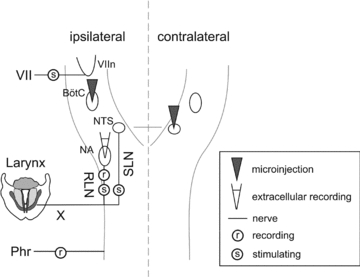Figure 1. Summary of experimental procedures from the dorsal view of the medulla and spinal cord.

During single unit experiments, laryngeal motoneurons in the nucleus ambiguus (NA) were recorded extracellularly during stimulation of the superior laryngeal nerve (SLN). Expiratory laryngeal motoneurons in the NA were identified by antidromic stimulation of the recurrent laryngeal nerve (RLN). Both the RLN and SLN are branches of the vagus nerve (X), which was therefore left intact. Recording of electrical discharge in the phrenic nerve (Phr) served as a measure of the neural drive to breathe. During microinjection experiments, the ‘burst activity’ of expiratory laryngeal motoneurons during SLN stimulation was monitored by recording the RLN. The GABAA agonist isoguvacine was microinjected into the ipsilateral Bötzinger complex (BötC) and/or the contralateral interstitial subnucleus of the nucleus tractus solitarii (NTS) during the experiments. The BötC nucleus was located 0–500 μm from the caudal end of the facial motor nucleus (VIIn), which was mapped by antidromic stimulation of the facial nerve (VII).
